
NEWS
09-05-2021 by Leni Frau
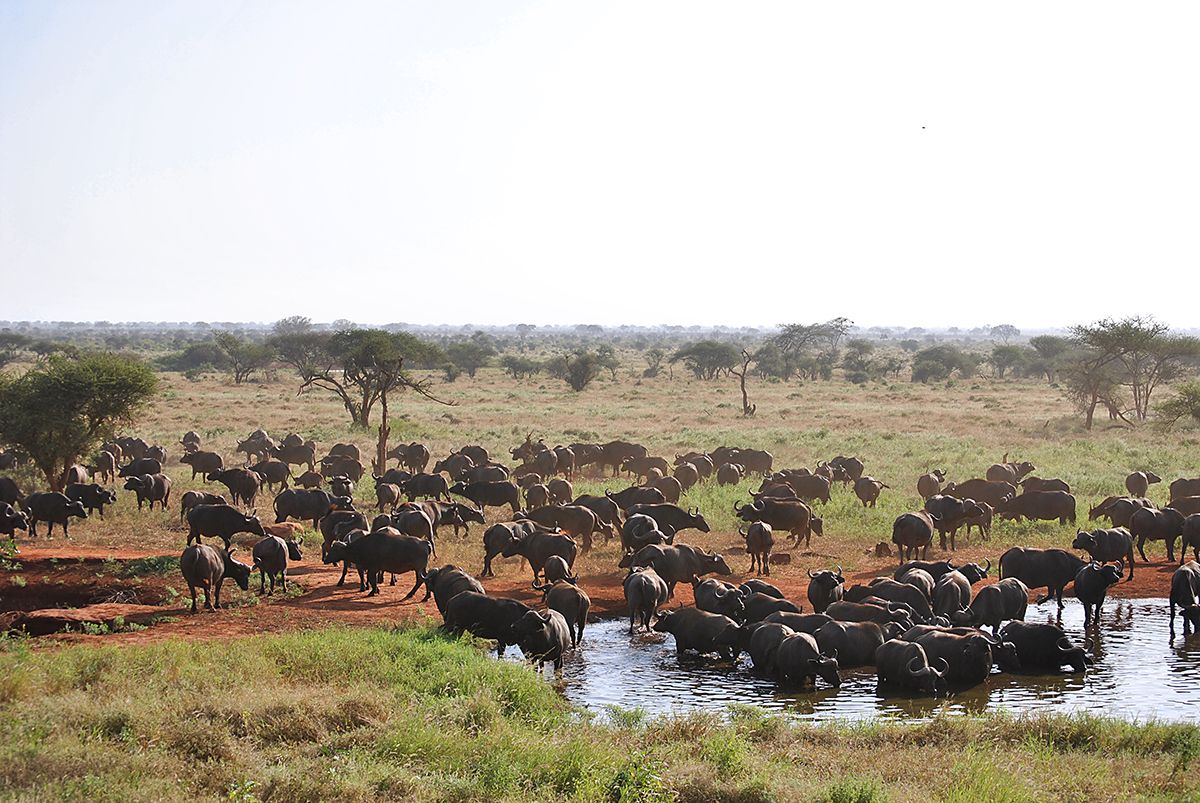
Kenya has launched its first national wildlife census.
It is a process that will take about three months, the results of which will aid the redesigning of conservation programmes for iconic and endangered species grappling with climatic and human-induced threats.
Kenya's Minister of Tourism and Wildlife Najib Balala, who on Friday kicked off the operation which will use satellite technology and follow globally recognised methods to obtain the most accurate data possible, announced that the project was fully funded by the Government with an allocation of about $2.3 million.
"We need accurate data on the wildlife population in the country in order to conduct effective species conservation amid challenges such as climate change, changing land use practices and interaction with agriculture," Balala said. "Data-driven interventions are key to minimising human-wildlife conflicts that have emerged as a major threat to the survival of iconic species such as elephants, rhinos and lions.
The Kenya Wildlife Service confirmed that the census will count endangered terrestrial, freshwater and marine mammals, widespread bird species, primates and reptiles in the nation's 47 counties, whose wildlife wealth is a major economic asset.
The Kenya Wildlife Service (KWS) will work in concert with the Kenya Marine and Fisheries Research Institute (KEMFRI) and the Wildlife Research and Training Institute, which will present their data to the ministry. An important fact, for the first time in 25 years, the government will be doing a census of marine species
"We will be looking for dolphins, turtles and also other endangered species," confirmed Minister Balala, "we already know their locations and passage corridors and are prepared to cover vast areas for research.
Drones and helicopters will also be used for the census, as well as ground missions and physical counts. Aircraft and vehicles will also be purchased, as well as sophisticated tools for data recovery.
"The tourism sector will be the biggest beneficiary of this operation," Balala said, "because we will also use the data as a promotional vehicle and do more in-depth research to raise awareness of our wildlife.
WILDLIFE
by redazione

RESERVES
by Leni Frau

The Kibwezi Forest Reserve, established in 1936, is one of Kenya's last rainforests...
WILDLIFE
by redazione

Fighting against poaching and the international ivory ban are yielding their fruits: in three years the number of elephants in Kenya has increased almost 15 percent (14.7 for precision).
The announcement was made by the Kenya Wildlife Service, thanks to the...
NEWS
by redazione

The planned increase in entrance fees to Kenya's national parks and marine reserves by...
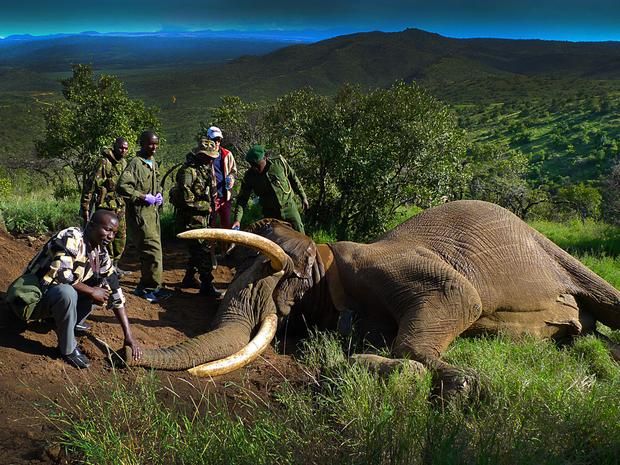
Poaching episodes in the national reserves of East and West Tsavo in the first six months of the year decreased by 96% thanks to...
ENVIRONMENT
by Freddie del Curatolo

Nairobi National Park, the only wildlife reserve within a global metropolis, celebrated 75 years...
NEWS
by redazione

A week's sledge in the reopening of public schools in Kenya. The decision has been...
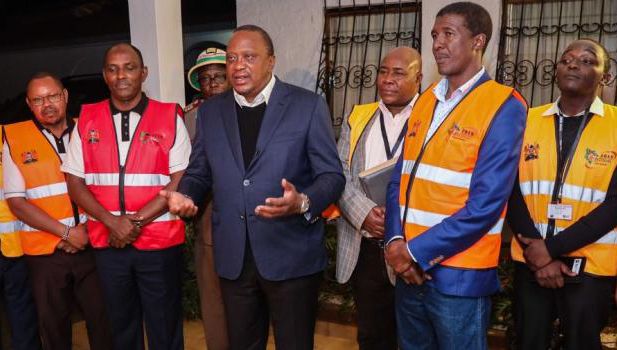
After the first two days of the ten-year census process in Kenya, the situation returns to normal:...
NOTICE
by Ambasciata d'Italia a Nairobi
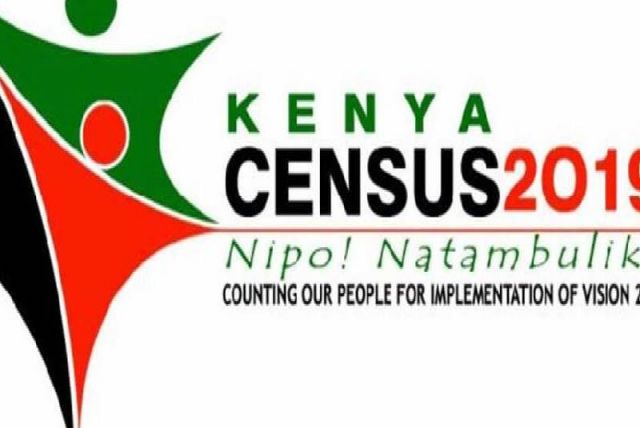
The Italian Embassy in Nairobi informs that from next August 24th, around 6 p.m., the sixth census...
ENVIRONMENT
by Leni Frau

The first official data from the wildlife census, which began in February this year thanks to an initiative of the...
EDITORIAL
by Freddie del Curatolo

As you have also read on our portal, Kenya has recently launched the first modern census...
NEWS
by redazione
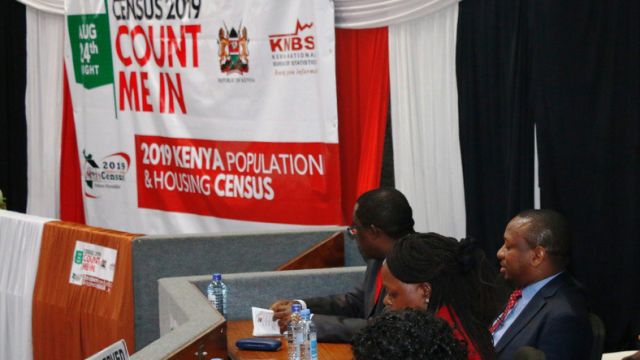
From the evening of Saturday, August 24, Kenya takes the sixth census of the inhabitants of the...
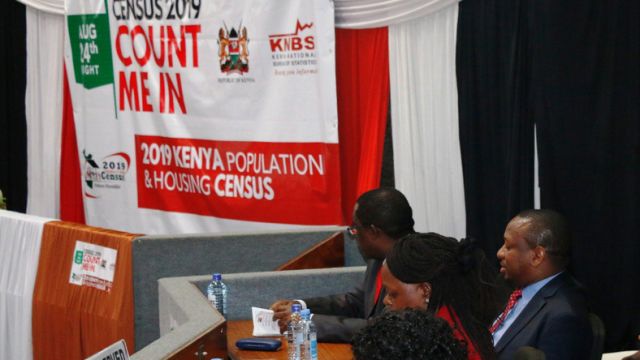
The sixth census of Kenyan citizens and residents officially ended last night, Saturday, ...